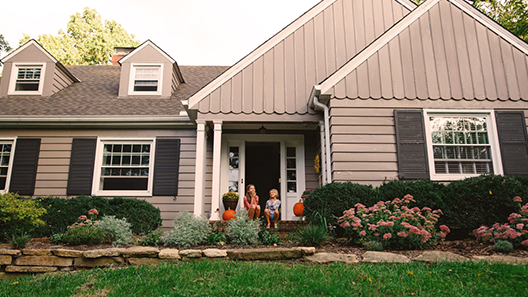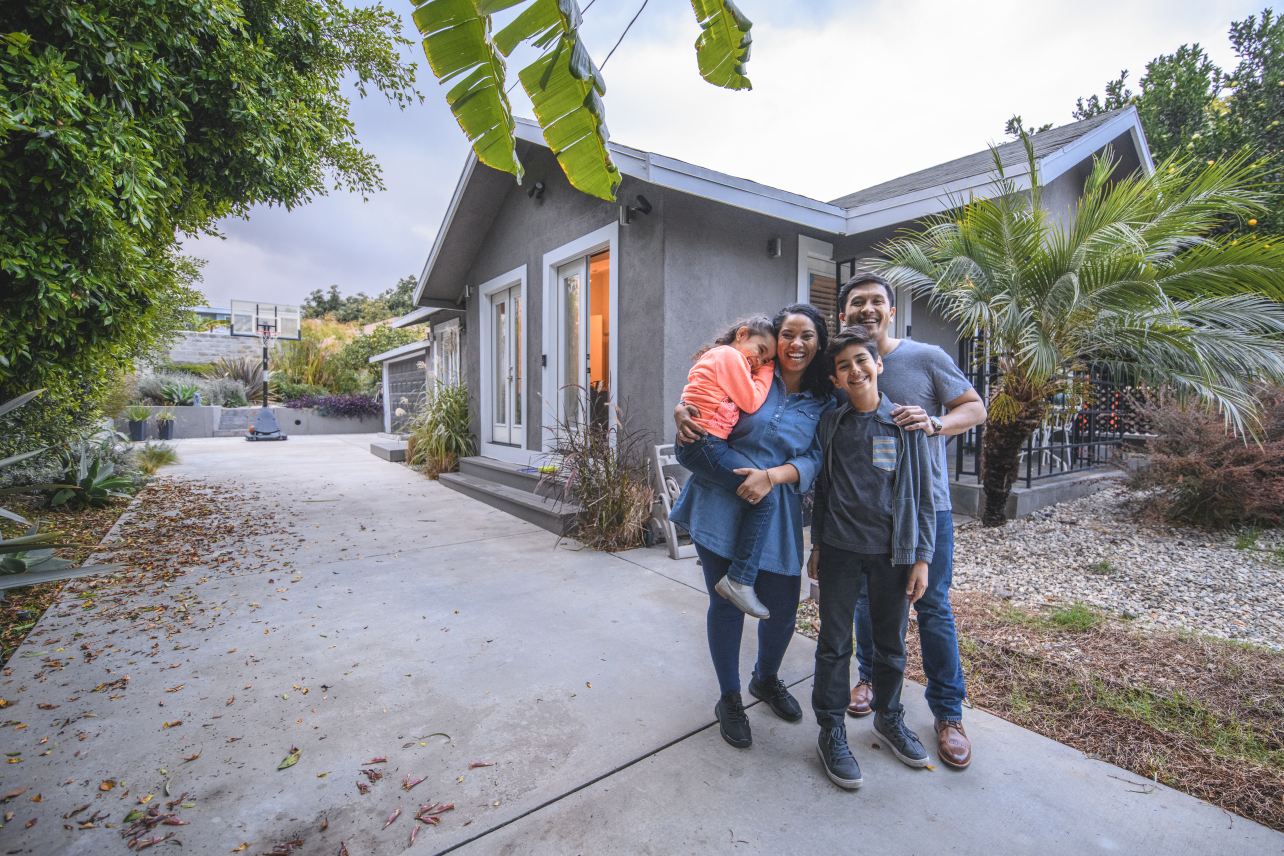
Assess the Last Year
Before you can improve your finances, it’s important to first figure out where you stand. More specifically, you’ll want to evaluate just how well you performed last year in regards to budgeting, spending, and saving.
This involves asking yourself a few questions:
- Did I have a budget last year and how did I do?
- How much did I save compared to my goal?
- Am I on track with future plans or did I fall behind?
- What were my biggest money hurdles last year?
- What was the most helpful thing for my finances?
Maybe you saved aggressively and paid off more debt than expected. Or perhaps the car broke down the same month that your A/C unit went out, and now your emergency fund is depleted.
No matter what the last year held, it’s important to get a baseline before you can create a game plan for next year. Pick through it all — the good, the bad, and the ugly — so you can truly understand what worked (and what didn’t).
Set New Goals for a New Year
When we think of new year’s resolutions, we think of eating healthier or quitting some bad habit, like smoking. Those are fine and dandy, but you should also be setting some new money goals for the year, too.
To make them more attainable, be sure that your goals are both specific and measurable. Rather than saying “I want to save more,” try something like, “I am going to put aside $1,000 by June.” And while most people want to trim expenses, saying “I will drop my grocery bill to $500 a month” is much better than “I want to spend less on food.”
Your goals might include cutting household expenses, eating out less, establishing and building an emergency fund, paying down debt, and saving for future goals like retirement or buying a home. Each of these goals demands space in your budget, so it’s important to first outline what you’re working toward this year.
Once you know that, you can begin to set some priorities and calculate how much space each goal requires from your budget.
Do the Math
So, you have identified the factors involved in your budget. Now it’s time to actually divide it all out.
First, calculate your take-home pay, being sure to set aside money for things like self-employment taxes (if required). Then subtract your fixed costs like rent or mortgage payments, monthly car payments, and the minimum due on your credit card or student loan accounts. There isn’t any wiggle room with those set expenses and they aren’t negotiable, so take them out of the budget first.
Next, think about household expenses. These include utilities, insurance, groceries, and gas. Take the average amount you spent last year (or your goal for 2020), and earmark it in the budget.
Then, establish your goal hierarchy. Do you want to aggressively pay off your credit cards or max out your 401(k) this year? Maybe you want simply want to save up $1,500 for next Christmas.
Check out our Featured Content
Mortgage Related Articles and Reading
Cash-Out Refinance Guide The Most Expensive Cities in the USHow Mortgage Rates Work Your Guide to Down Payments
Whatever the goals, figure out how much is required monthly and subtract that from the pot. If you need more wiggle room, think about ways you can free up more cash... such as cutting the cable cord or carpooling to work to save on gas and parking.
Lastly, play with the numbers to account for a deficit or leftover money. From there you can create a budget for 2020 that is both strong and resilient.
Automate Everything You Can
Automation isn’t just helpful when it comes to monthly cable bills and direct deposit. You can use it to stay on track with every single financial goal you set.
Ask your employer, or use your bank’s mobile app or web platform, to set up recurring savings transfers weekly or monthly. By paying yourself (and your savings accounts) first, you reduce the chance of overspending and running out of money by the end of the month.
Set up alerts for when your balance reaches a certain level. Get notified when large purchases are made. And use budgeting apps to facilitate the whole process.
Track Your New Budget
Keep a close eye on your new budget and whether you’re meeting your goals. The easiest way to do this is with a budgeting app, such as Mint or You Need a Budget.
Both of these platforms allow you to set budget goals, establish savings plans, and track your spending. If you overspend, you can not only get alerts but also easily evaluate where things went wrong.
These apps also help you manage your cash flow, so you don’t wind up in a bind two days before your paycheck hits. And if you are working toward these budgeting goals with a partner, an app can allow you both to share and evaluate real-time data from anywhere.
Check In Regularly
Your budget isn’t a rotisserie chicken: you can’t just “set it and forget it.” While most of the planning is done at the beginning of the year, you’ll still need to check in frequently to make adjustments.
Plan to reevaluate your budget at least quarterly, if not monthly in the beginning. See how you’re doing compared to your plan, whether you need to adjust saving or spending in either direction, and analyze your cash flow. If you need to make changes, it’s better to do them slowly and over time, than waiting until you get in a bind midway through the year.
The new year is a great time for new goals and new plans… not to mention, setting new budgets. By putting in a little bit of legwork now, you can easily ensure that 2020 is as financially successful for you as possible.



